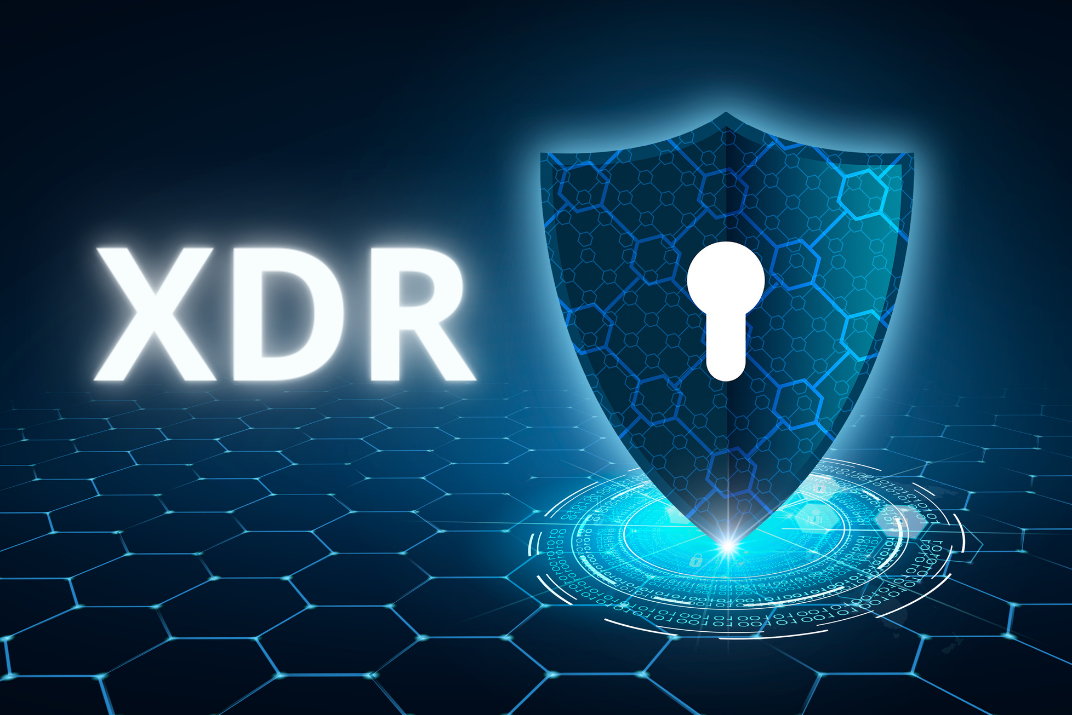Common Pitfalls in NDR Implementation (and How to Avoid Them)

As cyber threats grow more sophisticated, Network Detection and Response (NDR) solutions have become critical for detecting malicious activity across network traffic in real time. However, simply deploying an NDR tool doesn’t guarantee success. Many organizations stumble during implementation, leading to limited visibility, false positives, and underutilized capabilities. In this blog, we’ll explore the most common pitfalls in NDR implementation—and provide practical guidance on how to avoid them.
1. Lack of Clear Objectives and Use Cases
The Pitfall:
Organizations often jump into NDR implementation without a clear understanding of what they want to achieve—whether it’s improving visibility, detecting lateral movement, or reducing response times.
How to Avoid It:
Start by defining specific, measurable goals. Are you trying to detect insider threats? Improve east-west traffic visibility? Reduce dwell time? Align your objectives with broader security and compliance needs. Use these goals to guide your configuration, detection policies, and alert tuning.
2. Improper Network Coverage
The Pitfall:
Partial deployment leads to blind spots. For example, only monitoring north-south traffic or excluding remote branches, cloud workloads, or IoT segments leaves gaps attackers can exploit.
How to Avoid It:
Ensure comprehensive coverage by mapping your entire network topology, including data centers, cloud environments, VPN traffic, and endpoints. Deploy sensors or collectors strategically across physical, virtual, and cloud infrastructure to gain full-spectrum visibility.
3. Neglecting Encrypted Traffic
The Pitfall:
A large portion of enterprise network traffic is encrypted (TLS/SSL), rendering deep packet inspection ineffective without proper decryption mechanisms.
How to Avoid It:
Deploy NDR solutions that support encrypted traffic analysis using TLS fingerprinting or integration with SSL/TLS decryption proxies. Where decryption isn’t feasible, leverage metadata analysis, behavioral anomalies, and flow analysis to detect suspicious patterns.
4. Overwhelming Volume of Alerts (Alert Fatigue)
The Pitfall:
NDR systems can generate thousands of alerts daily. Without proper tuning, security teams become overwhelmed, leading to missed detections or burnout.
How to Avoid It:
Fine-tune detection thresholds and leverage machine learning-based alert prioritization. Integrate NDR with your SIEM or SOAR to automate triage, correlation, and response. Regularly review and refine detection logic based on incident response feedback.
5. Poor Integration with Existing Security Stack
The Pitfall:
Treating NDR as a standalone solution limits its value. Without integration, context sharing, and orchestration, response times suffer.
How to Avoid It:
Ensure seamless integration with your SIEM, SOAR, EDR, and threat intelligence platforms. This creates a unified detection and response ecosystem where NDR feeds enrich alerts, trigger workflows, and provide context during investigations.
6. Inadequate Skillsets or Staffing
The Pitfall:
NDR tools are powerful but complex. Without trained analysts or sufficient staffing, organizations struggle to interpret data and respond effectively.
How to Avoid It:
Invest in training your SOC team on NDR-specific concepts like traffic analysis, anomaly detection, and lateral movement. Consider managed NDR or MDR services if in-house resources are limited. Empower analysts with dashboards, guided investigations, and threat visualizations.
7. Failure to Continuously Tune and Update
The Pitfall:
NDR environments can become outdated or misaligned with evolving threats if left untouched after initial deployment.
How to Avoid It:
Establish a regular cadence for reviewing detection rules, updating threat models, and refining baselines. Monitor changes in network topology, user behavior, and business processes that may impact detection fidelity. Conduct periodic red/blue team exercises to validate detection and response readiness.
8. Misinterpreting Anomalies as Threats (or Vice Versa)
The Pitfall:
Not all anomalies are malicious, and not all threats exhibit obvious anomalies. Mistaking one for the other leads to false alarms or missed attacks.
How to Avoid It:
Pair anomaly detection with contextual threat intelligence. Use behavioral baselining to reduce false positives. Augment NDR with deep packet inspection, known threat indicators, and deception techniques to validate anomalies.
9. Ignoring East-West Traffic
The Pitfall:
Many organizations focus primarily on perimeter defenses (north-south traffic) and overlook internal east-west communication where lateral movement occurs.
How to Avoid It:
Deploy NDR sensors to monitor internal segments and VLANs. Analyze communication patterns between hosts, users, and services within the network to identify unusual lateral movements, data exfiltration attempts, or compromised assets.
10. Overreliance on Signatures
The Pitfall:
Some NDR implementations lean too heavily on signature-based detection, which can’t identify novel or zero-day threats.
How to Avoid It:
Choose NDR solutions that leverage machine learning, behavioral analytics, and heuristics. Complement signature detection with dynamic analysis and anomaly detection to uncover stealthy or emerging threats.
Final Thoughts
NDR has the potential to transform network visibility and threat detection, but only if implemented correctly. By avoiding these common pitfalls—ranging from poor planning to incomplete coverage—you can ensure that your NDR solution delivers real value to your cybersecurity posture.
Bonus Tip: Conduct regular maturity assessments and optimize your NDR deployment as your network and threat landscape evolve. Security is not static, and neither should your NDR strategy be.





